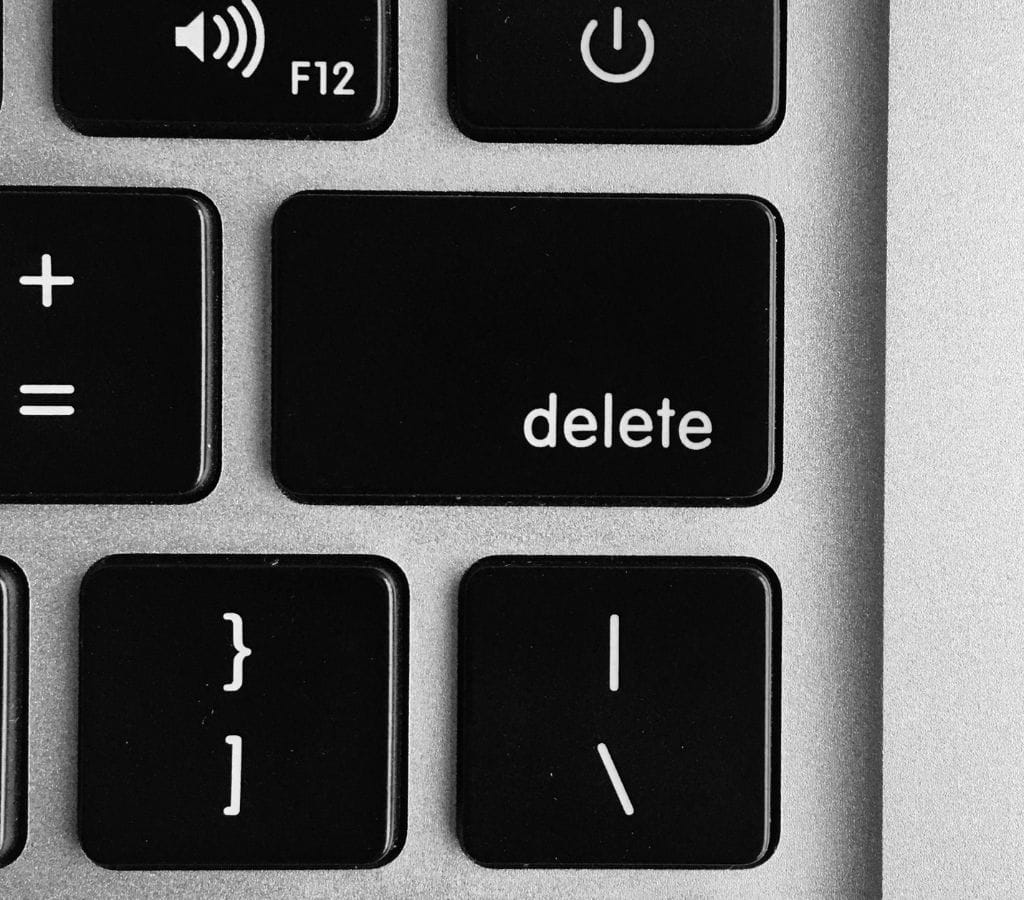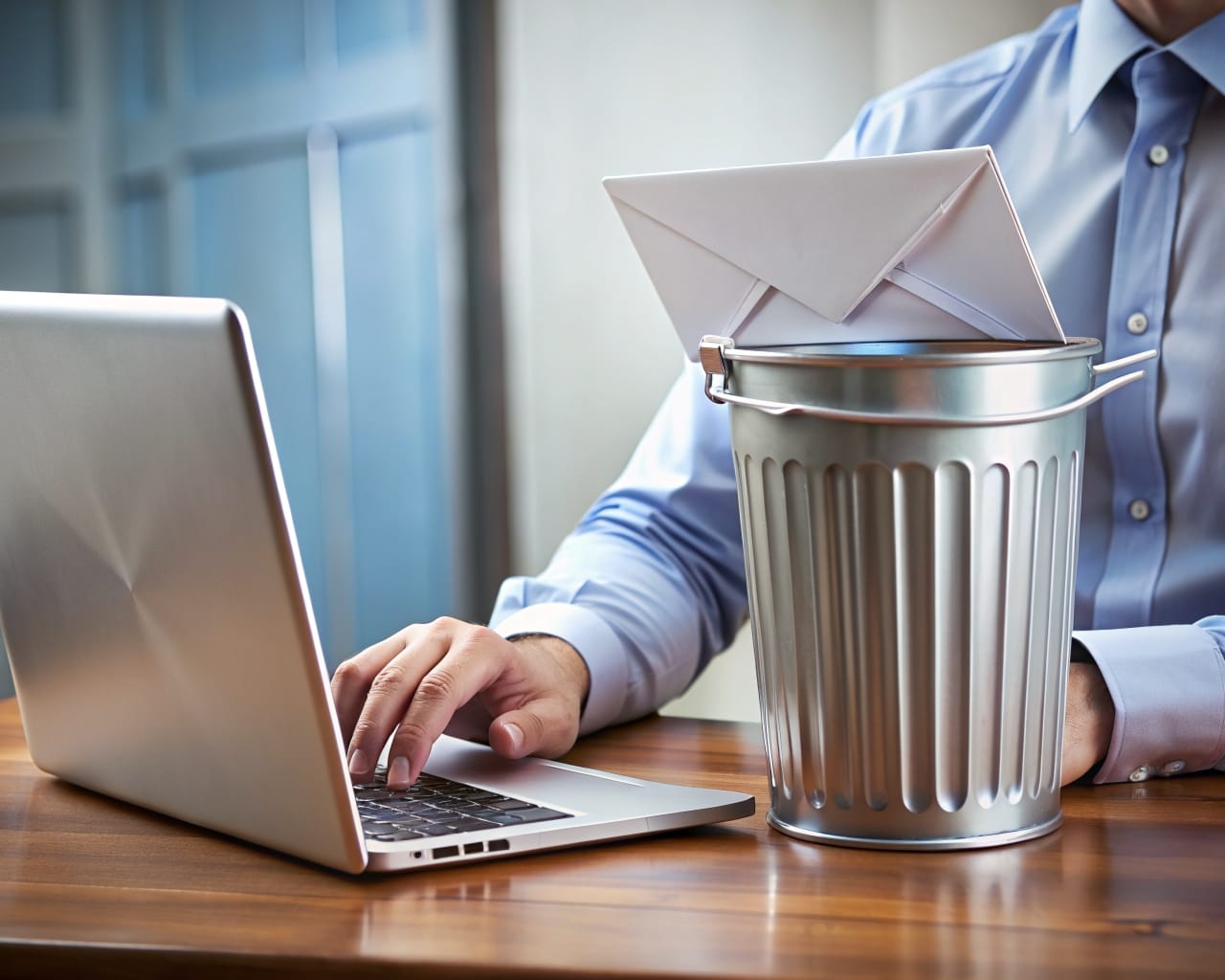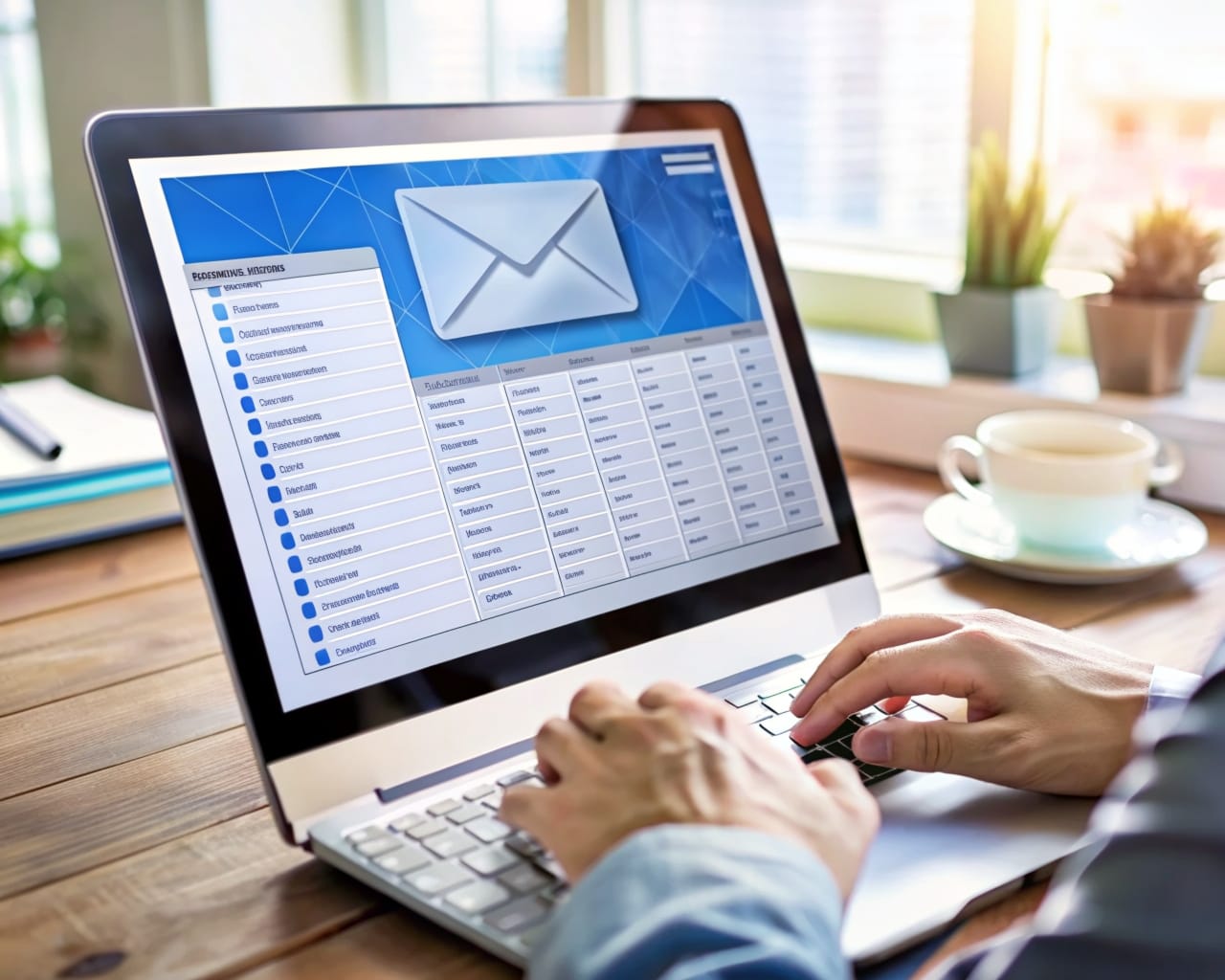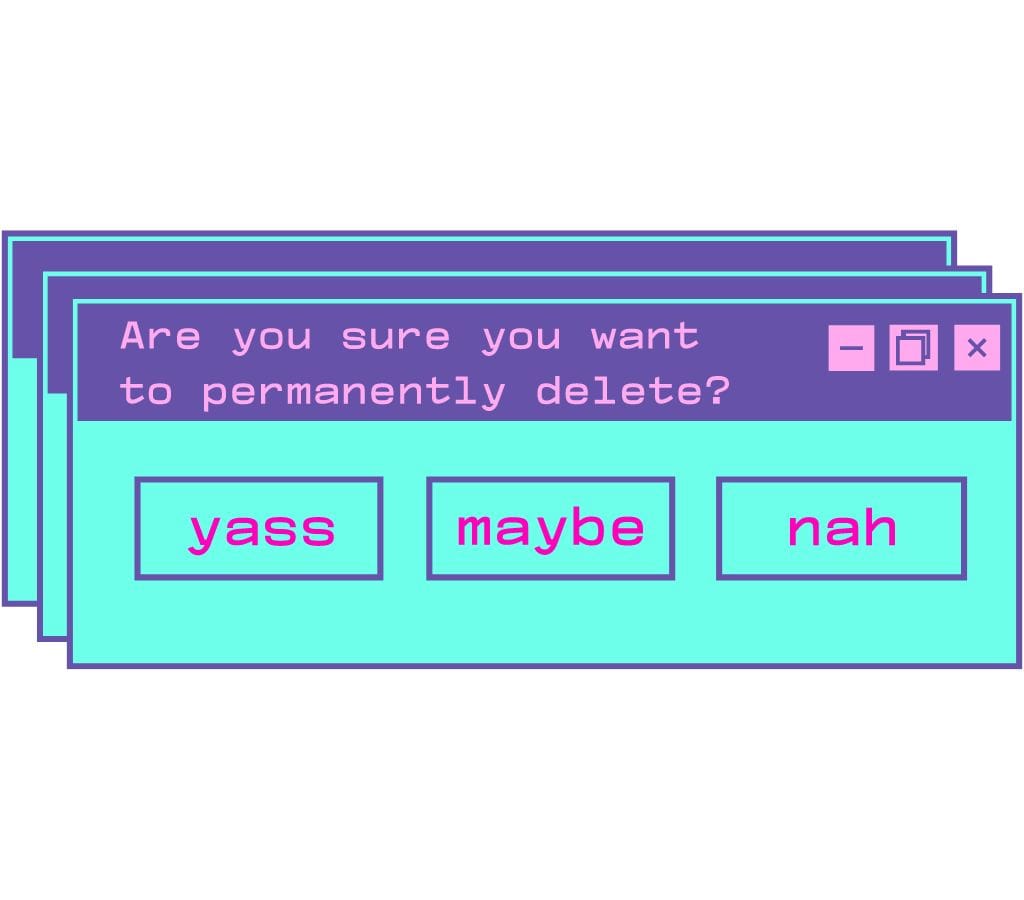Have you ever considered what happens to your email when you press the backspace key? Email deletion involves multiple processes most of us don't know about. Understanding how "backspace" works can help us learn about emails, data security, and privacy. Explore where "backspace" sends your email and why it's important.
How Email Works
Email is now an important part of our daily lives and has changed how we talk and share information. Have you ever thought about how email really works, though? You need to know how emails generally work to understand what happens to an email when you press the backspace key.
Email works on a client-server approach at its core. Your email client, such as Gmail, Outlook, or Thunderbird, creates and stores the email when you compose it. The email client is like a go-between for you and the email service.
Because you pressed the "send" button, the email program connected to the chosen email server. The email server is responsible for getting emails, keeping them, and sending them. It's like a digital post office; it ensures your email gets to the right person's email address.
Different protocols, like SMTP (Simple Mail Transfer Protocol) for sending emails and POP3 (Post Office Protocol) or IMAP (Internet Message Access Protocol) for getting emails, make this information transfer possible.
The recipient's inbox saves an email upon delivery until they access it using their email app. Everything goes through without a hitch and almost instantly, making contact quick and reliable over long distances.
Now that we have a basic idea of how emails work let's learn more about what happens to an email when you press the backspace key.

Where Does Your Email Go When You Hit Delete
There may be times when you press the backspace key to get rid of an email and search for it. Despite what you might think, pressing "backspace" does not immediately delete the email. Instead, it starts a chain of events that decides what will happen with the email.
Understanding the Role of Backspace
Depending on the email client and options, the backspace key does different things. When you press "Backspace" on some email apps, the message goes to the "Trash" or "Deleted Items" folder. The email server still stores the email, even though this step "deletes" it.
Is the Email Permanently Deleted
How the email client and server are set up affects whether an email is permanently deleted. Sometimes, pressing "Backspace" deletes the email from the computer for good; other times, it can be recovered after taking extra steps.
Possible Ways to Recover Deleted Emails
It's possible to get back an email even if you delete it from your inbox or move it to the trash folder. A lot of email service companies have backup systems that let you get your data back within a certain amount of time. This makes me wonder about the process of actually deleting things and the chance of getting them back.
In the next parts, we'll talk about how to delete emails and how to get back emails that you've deleted. To understand the ins and outs of email handling and data security, you must know where your email goes when you hit "backspace."

Why Is It Important to Know Where Your Email Goes?
Knowing where your email goes when you hit "backspace" is interesting and important for email management and data security. Let's look at why it's important to know where your deleted emails end up.
Concerns about Privacy and Security
Privacy and security are very important to people and businesses in this digital world. If you know where your email goes when you hit "backspace," you can determine what risks might come with deleting emails. It lets you figure out how likely it is that someone else will be able to read your deleted emails without your permission and take the right steps to keep private information safe.
Understanding Data Retention
Email service companies usually have rules about how long they keep data, which tells them how long they should keep deleted emails on their servers. You can learn more about how your email company keeps your messages by finding where they go when you hit "backspace." This information can be very important for following the law, managing storage space, and ensuring all private data is deleted.
We'll talk about the different ways to delete emails and the steps you can take to organize your emails properly in the parts that follow. Understanding where your email goes and what it means can help you make smart choices about your privacy and data security.

How to Delete Emails Correctly
To ensure that private information is safely deleted from your email account, you must delete emails correctly. However, pressing "Backspace" might start the deletion process. You can take other steps to ensure the email is deleted for good.
Using the Delete or Trash Option
Most email programs have a "Delete" or "Trash" button that lets you move the email to a folder for deleted things. This step moves the email to a different folder, but it doesn't get rid of it completely. It is important to remember that emails deleted and in the trash folder can still be found until they are deleted for good.
Emptying the Trash Bin
You need to empty the trash or deleted things folder to get rid of emails for good. When you do this, the emails will be deleted from your email program and marked as deleteable on the server. Depending on the rules of your email server, you may still be able to get these emails back for a while.
Safe Ways to Delete Emails
Some email apps have safe ways to delete messages for people needing an extra security layer. These ways overwrite the deleted email data, which makes it much harder or even impossible to get it back. These methods usually involve overwriting the email more than once with cryptographic algorithms to ensure it is completely gone.
If you delete your emails correctly, you'll have more control over what happens to them and less chance that someone will get to them or get the data back. It's important to remember that these methods may or may not work for you based on your email client and service provider.

Best Practices for Managing Emails
Managing your emails correctly is important for keeping your digital contact system safe and organized. You can clean up your inbox, get more done, and keep private information safe by following best practices. Let's look at some important tips for handling your emails well.
Regularly Cleaning Your Inbox
One of the most important things you can do is clean out your email every so often. This involves reviewing emails, deleting unnecessary ones, archiving important ones, and organizing them. Keeping your inbox clean will help you find important messages quickly and keep a good view of all your contacts.
Sorting Through Emails
Another good way to keep track of your emails is to use folders and notes. Grouping emails by project, client, or topic makes them easy to find.
There are also search tools and filters that can help you organize and find your emails much more quickly.
Using Safety Features
Using the security tools that come with your email client is important to keep your account safe. Use two-factor authentication and update your password often to prevent unauthorized access. Also, avoid phishing emails, suspicious websites, and downloading files from strangers.
Following these tips, you can keep your email system safe and organized. Always upgrade your email management skills to meet new technology and needs. Managing your emails well can make you much more productive and protect the privacy of your conversations.

